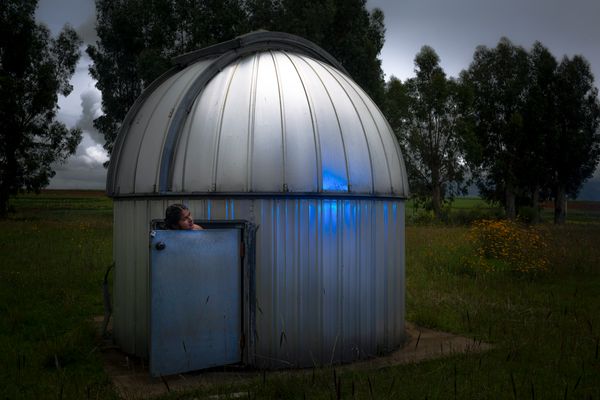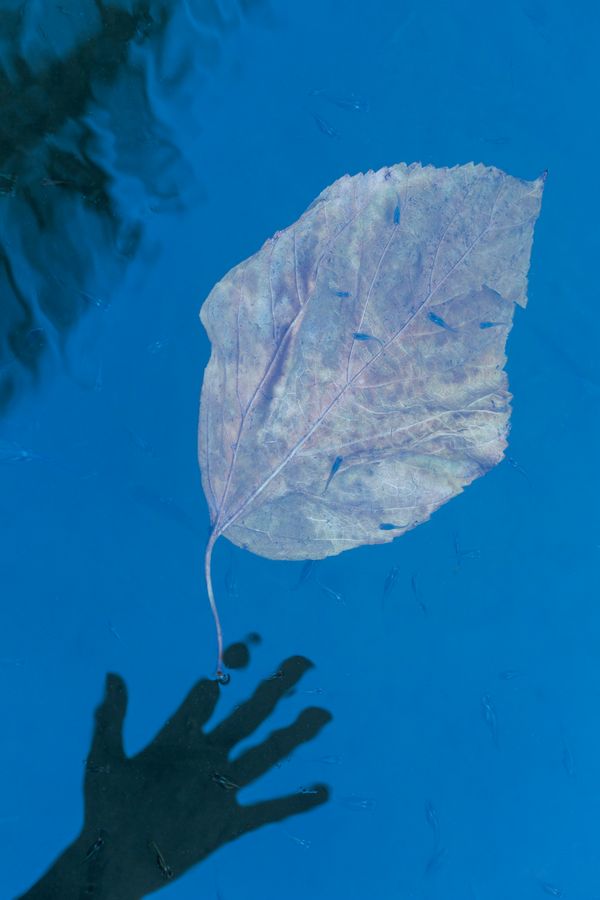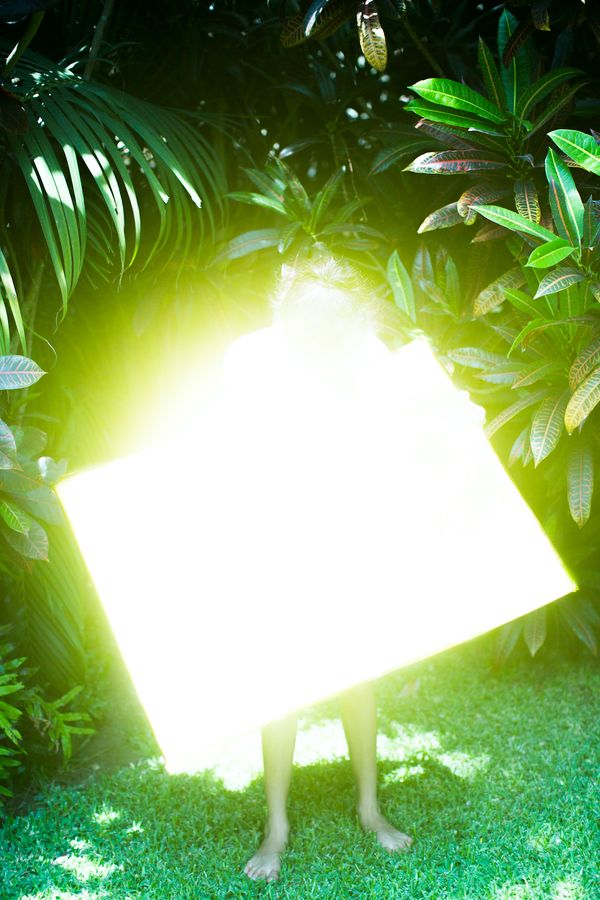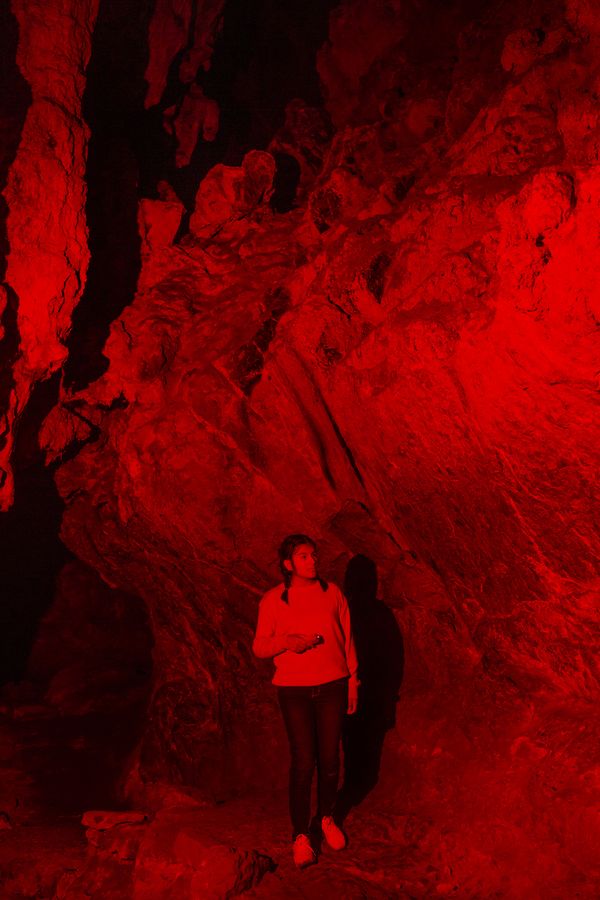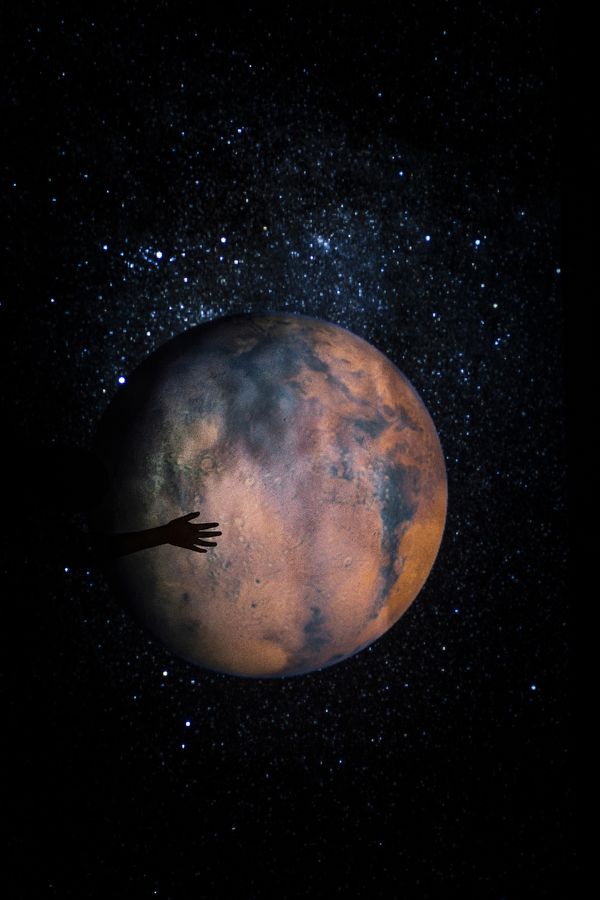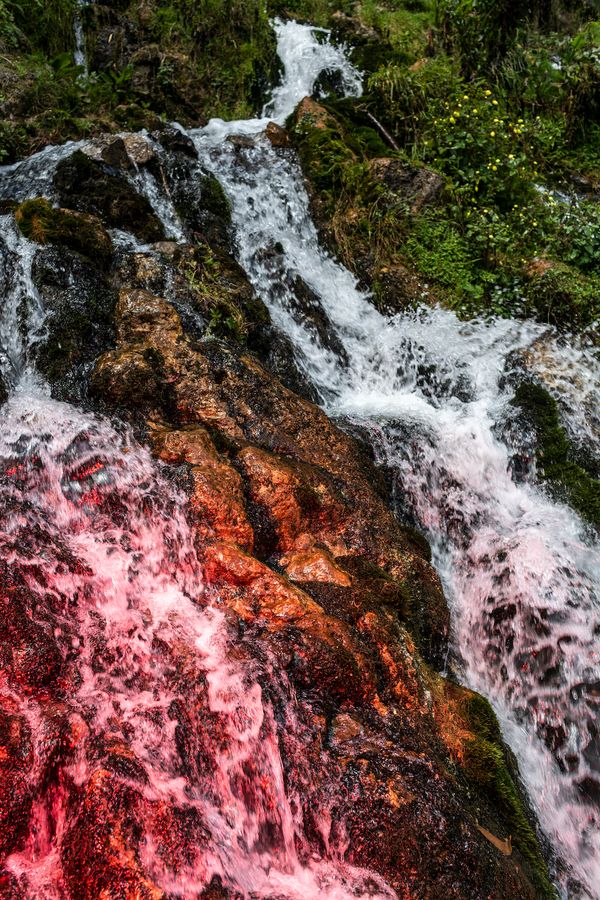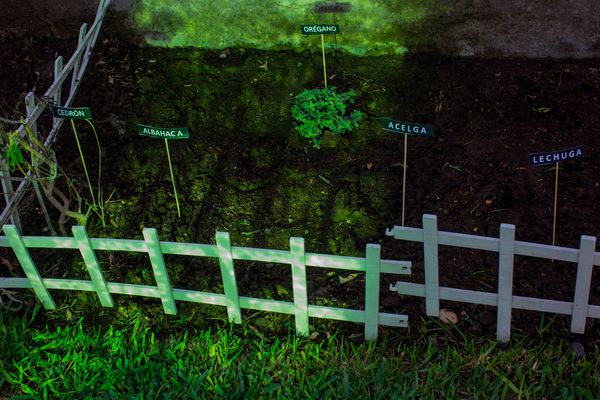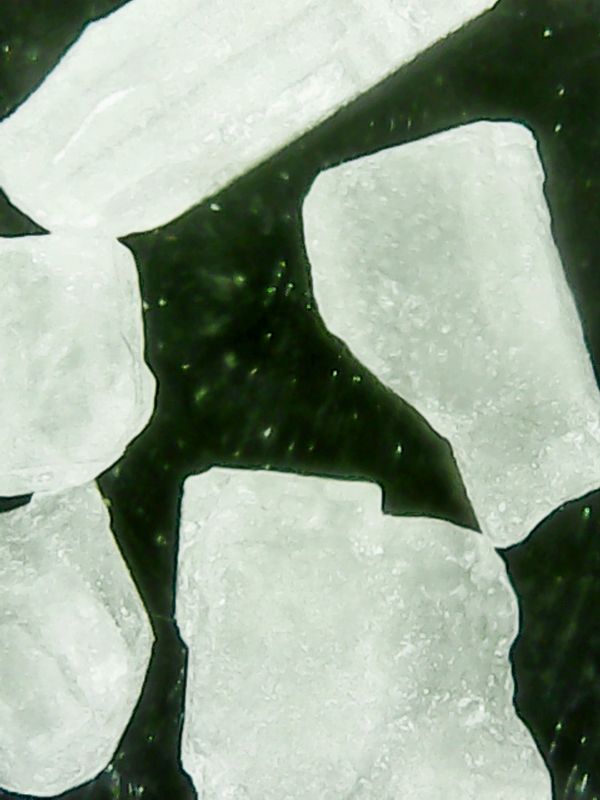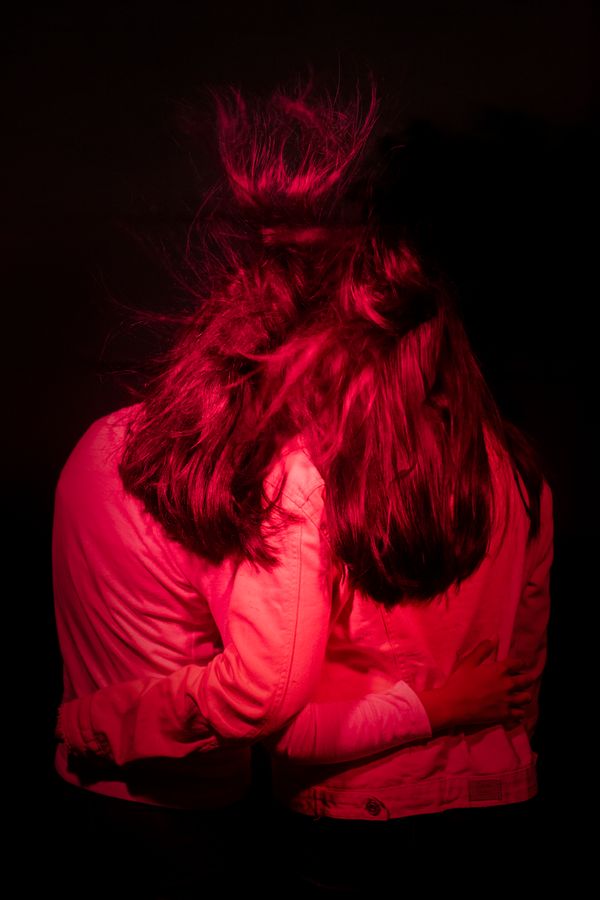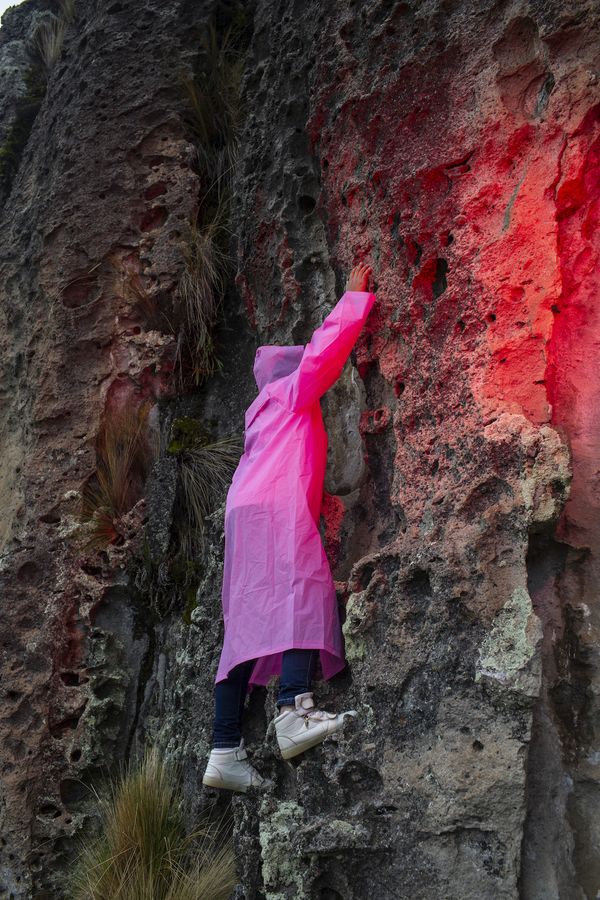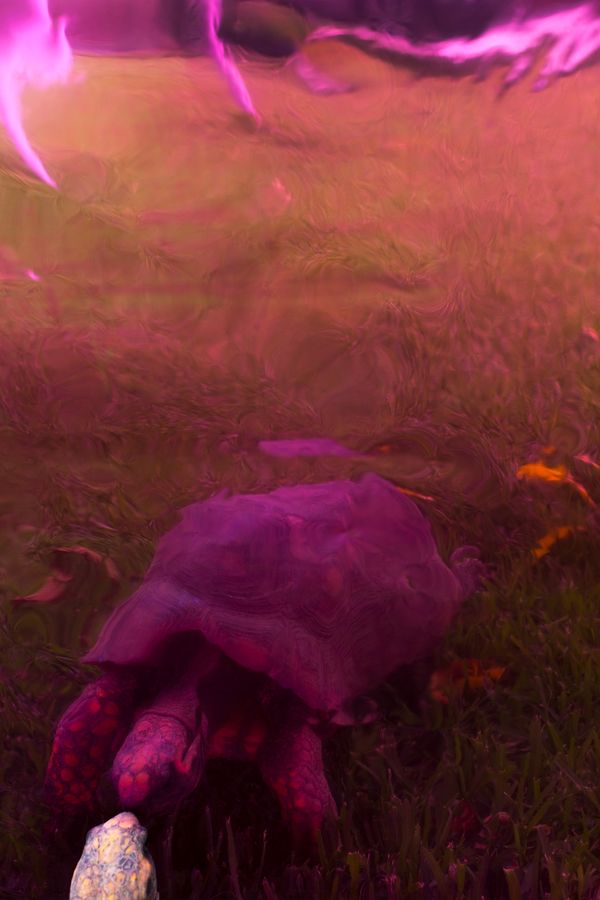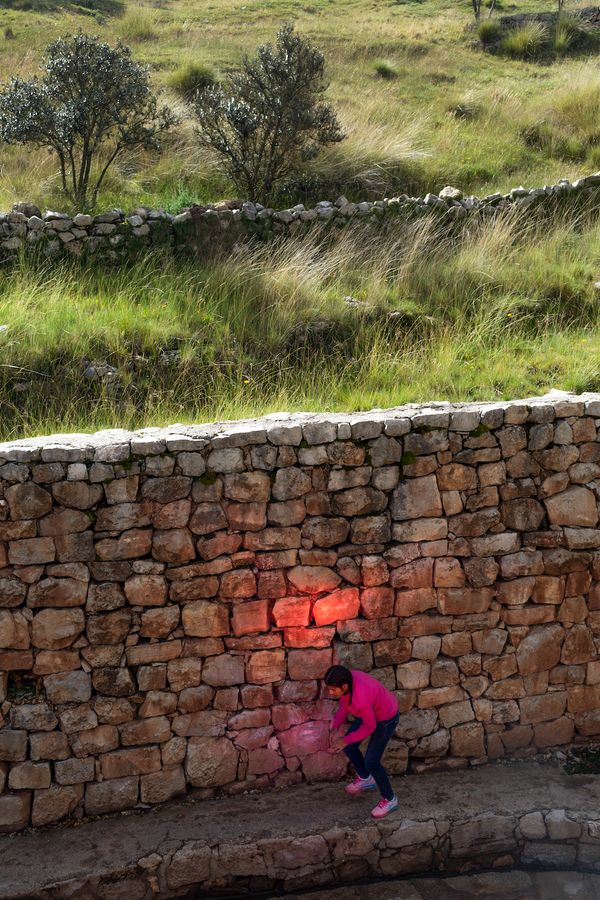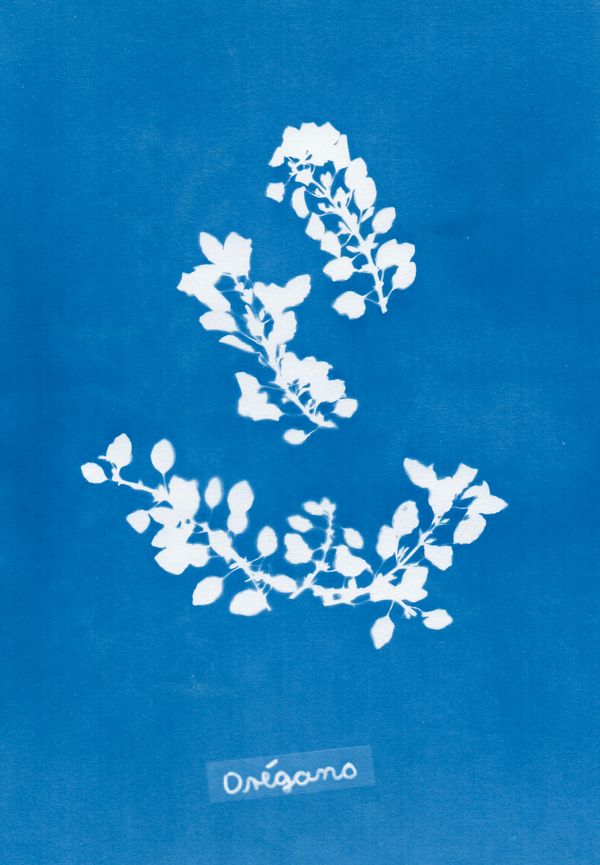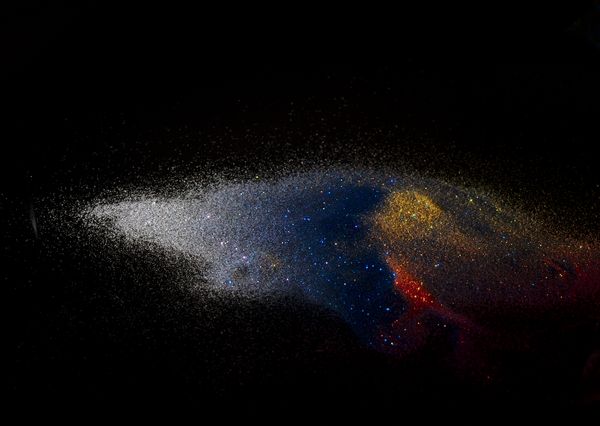Why don't the stars fall? and more science questions curious girls ask
-
Dates2019 - 2019
-
Author
- Location Peru, Peru
There is a gap that separates girls from reaching their full potential. In the world, less than a quarter of the jobs in STEM (Science, Technology, Engineering and Mathematics) are held by women. In Peru, one in four scientists are women. The gap is not one of ability or interest. It is a problem of stereotypes and lack of incentives.
There is a misunderstanding around science: that it is difficult, that it is boring, that it always happens behind closed doors. Additionally, educational systems tend to separate spheres of knowledge generating dichotomies, such as science versus art.
This project is an invitation to reflect on these ideas. Fernanda and Valeria are two girls who have become friends while exploring - playing - the world of science. Valeria lives in Huancayo, a city located in the central highlands of Peru and Fernanda lives in Lima, the capital. Valeria wants to know if life on Mars is possible. Fernanda wants to know why there are plants that grow faster than others. Each has different tastes and aspirations (one wants to be an economist or president, the other dreams of being an astrobiologist) but both are full-time curious.
During the development of this project I explored, together with Fernanda and Valeria, photographic techniques that have allowed them to enhance their research. We verify that science and art start from the same stimulus: curiosity and amazement, which implies seeing reality with surprise and questioning it. An essential need in these times.
